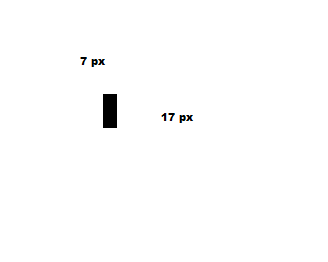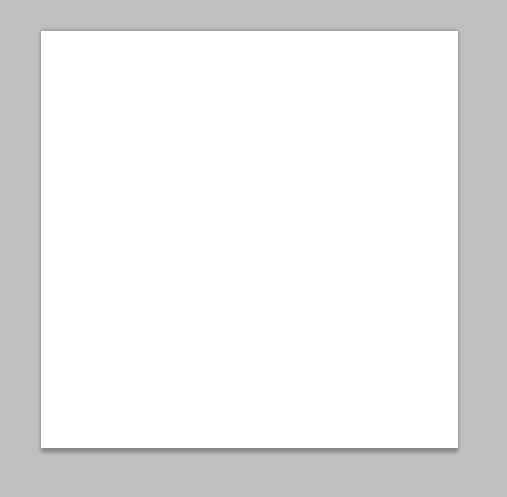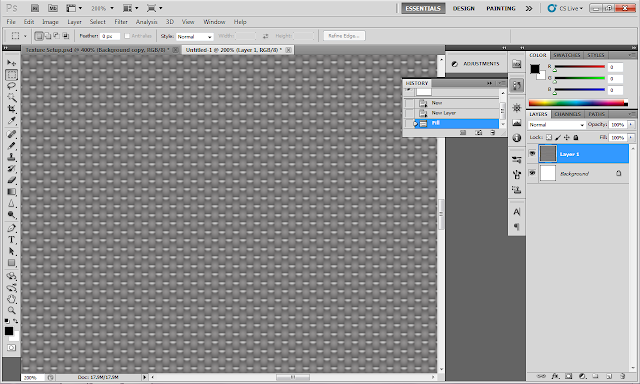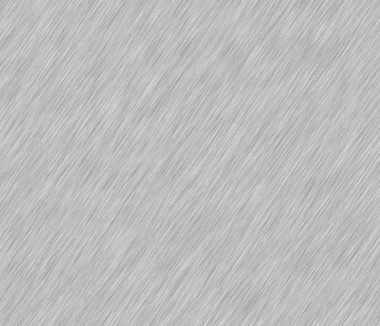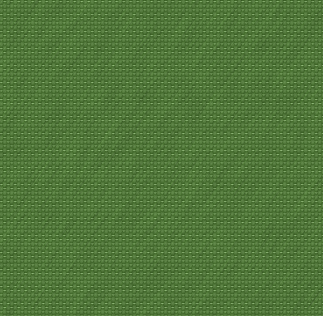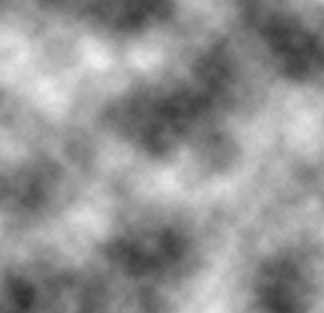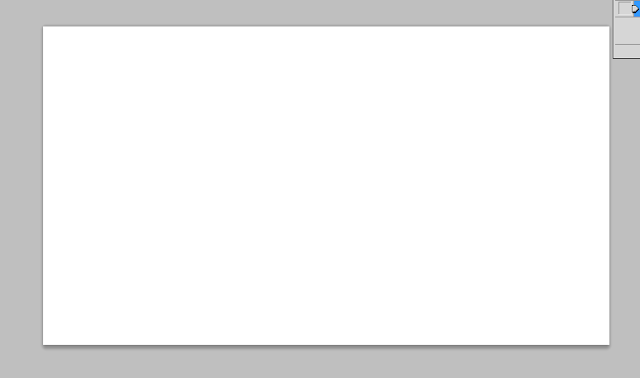When I started this blog, I had the idea that I would never post about the same subject twice in a row. For the last three days, I've tried and tried to come up with a decent topic that didn't have to do with plants. Hindi? Too much work right now. SketchUp? Not really feeling too architecturally creative. Something programming related? Tends to attract snark from my boyfriend, and he makes up a significant percentage of my audience. And, trumping that: I cannot get gardening out of my mind. I want to plant seeds and go absolutely mad with anticipation until they sprout. I want to set up large window boxes to be filled with herbs. I want to plant something that I can make dinner with in three months' time. Then I thought, hell, it's my blog. If I want to go garden-crazy for a week or two, well...I can do that!
I just came back from the gardening center. Oh dear. Cue gratuitous growing-things shots.
 |
| Plants absolutely everywhere. It's orchid week, did you know? |
I should probably not be allowed in a nursery on a springlike day with a respectable amount of disposable income at hand.
 |
| These are not blurry in person, I promise. |
A quick aside on these hanging plants: they are called Nepenthes, or pitcher plants, from the family Nepenthaceae (a word on the Latin naming system: Latin is dead. Say it loud, say it proud, and no one will ever know the difference.). They're native to Malaysia, India, and Australia. The "pitcher" portion of the plant is filled with a fluid to trap and/or digest insects that may find their way inside. Interestingly, the fluid is effective even when it's diluted with rainwater, as inevitably happens with this morphology. The name "nepenthe" in Greek means "without grief" and in Greek mythology "is a drug that quells all sorrows with forgetfulness." (source:
here)
 |
| Possibly my favorite type of plant. |
I thought these were daffodils, but now I'm thinking probably narcissus. Whatever they are, I adore them. I should do them more justice next time and take a picture that's actually in focus. If I thought I could get one of these to survive indoors on my desk at work, I would probably have six of them already. Maybe seven.
 |
| A little dark, but you get the idea. Plant in a bowl! |
This one I like for the interior design aspect of it. I also like the composition of the shot. I could even pretend it took me a few minutes of careful setup, rather than the shoot-from-the-hip phone camera technique that I actually used.
But enough about the nursery, although I could have spent another hour in there browsing. I got these:
 |
From left to right, that is: oregano, basil, marigold, green onion, romaine lettuce, lettuce salad blend, basil, eggplant, and cherry tomatoes.
|
I'll leave the seed descriptions there for now, but know that I have much, much more to say on the subject (and of those tomatoes, in particular).
 |
| Artsy shot of same. |
I also have two tiny flowerpots that I found at Target at Christmastime. They were $1 each in the stocking stuffer section, so I got myself two. As stocking stuffers, naturally.
Not shown: a large bag of potting mix and some fertilizer. They weren't very photogenic.
I have tentative plans in place to start planting things tomorrow. I need to do some research on the heavy-hitters (eggplant, tomato) that I haven't grown before and will eventually be planting outdoors. Those seed packets are all marked up with details like "Start indoors 5-7 weeks before last frost date" (May 3rd here, for interested parties). I need to figure out if I can start them even earlier and just transplant them after that date or if that'll stress the plants for some reason (too little light as seedlings? getting transplanted too late in the growing process?). I am giving no such consideration to the basil, however. I had so much basil last year that I was considering giving away half of my plants.
Tomorrow it'll be spring!

